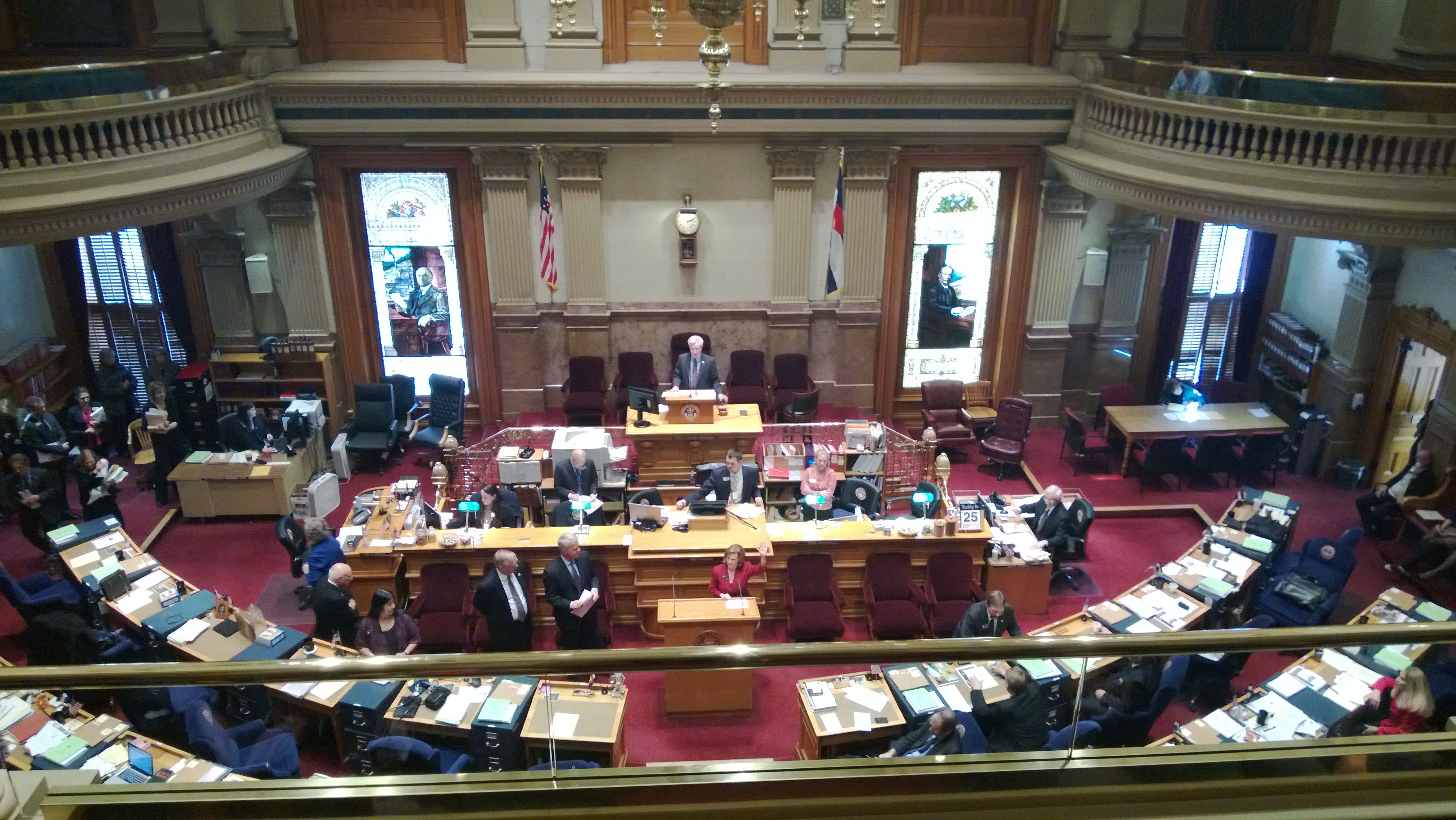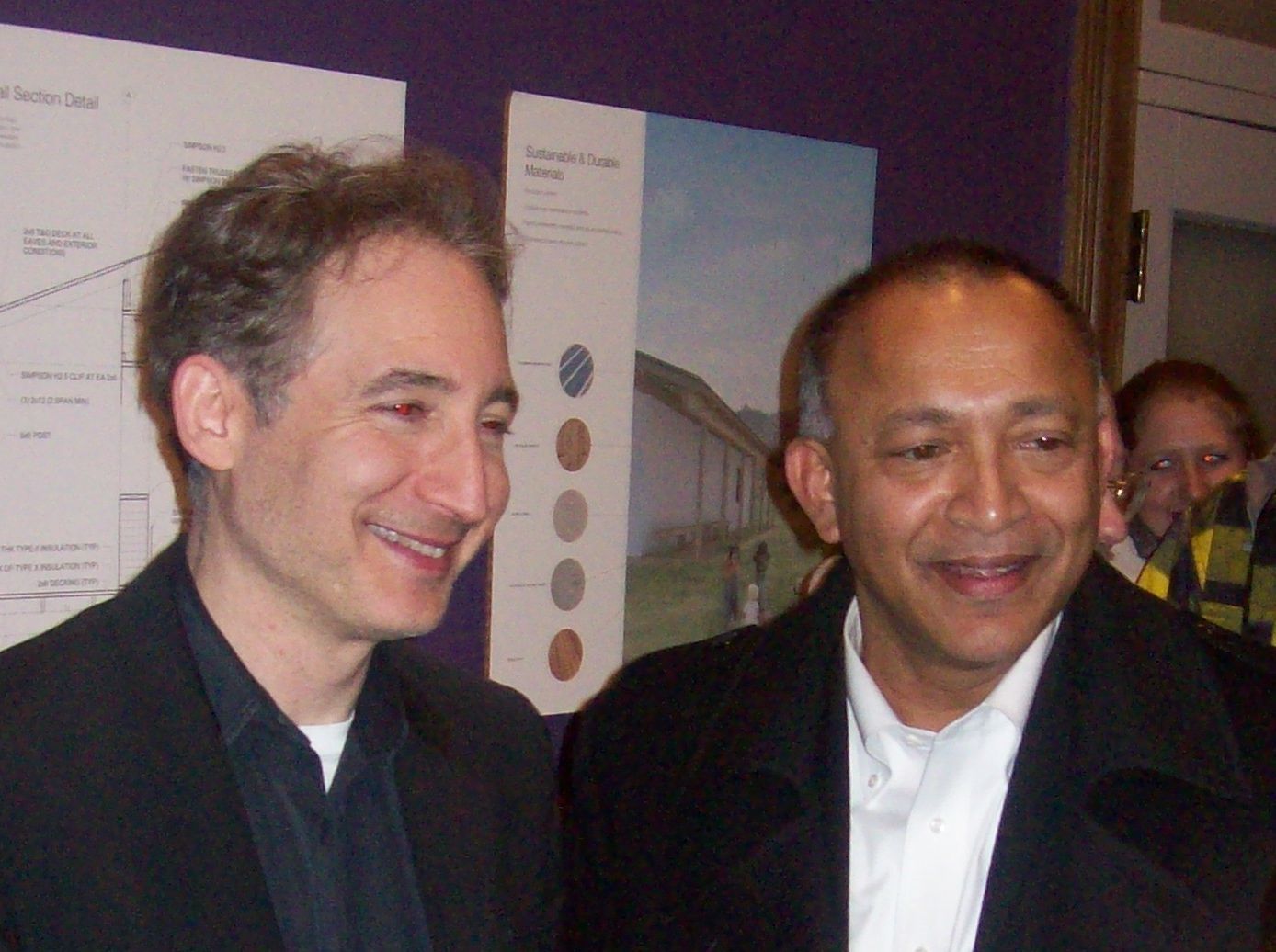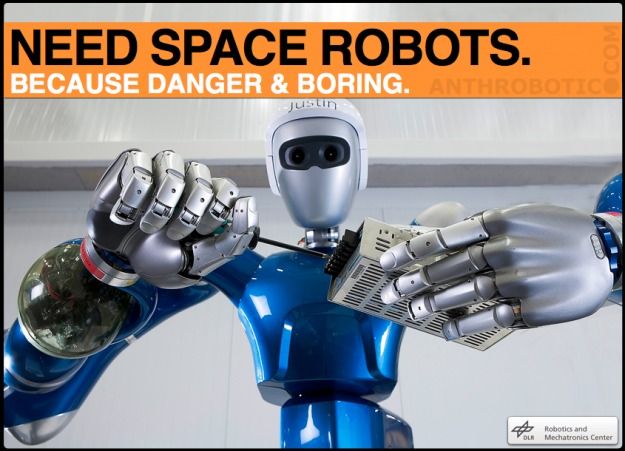May 8, 2013
Mechanics of Gravity Modification
Posted by Benjamin T. Solomon in categories: defense, education, engineering, general relativity, military, particle physics, philosophy, physics, policy, scientific freedom, space
The Rocky Mountain chapter of the American Institute of Astronautics & Aeronautics (AIAA) will be having their 2nd Annual Technical Symposium, October 25 2013. The call for papers ends May 31 2013. I would recommend submitting your papers. This conference gives you the opportunity to put your work together in a cohesive manner, get feedback and keep your copyrights, before you write your final papers for journals you will submitting to. A great way to polish your papers.
Here is the link to the call for papers: http://www.iseti.us/pdf/RMAIAA_Call_For_Abstracts_2013-0507.pdf
Here is the link to the conference: http://www.iseti.us/pdf/RMAIAA_General_Advert_2013-0507.pdf
I’ll be presenting 2 papers. The first is a slightly revised version of the presentation I gave at the APS April 2013 conference here in Denver (http://www.iseti.us/WhitePapers/APS2013/Solomon-APS-April(20…45;15).pdf). The second is titled ‘The Mechanics of Gravity Modification’.











